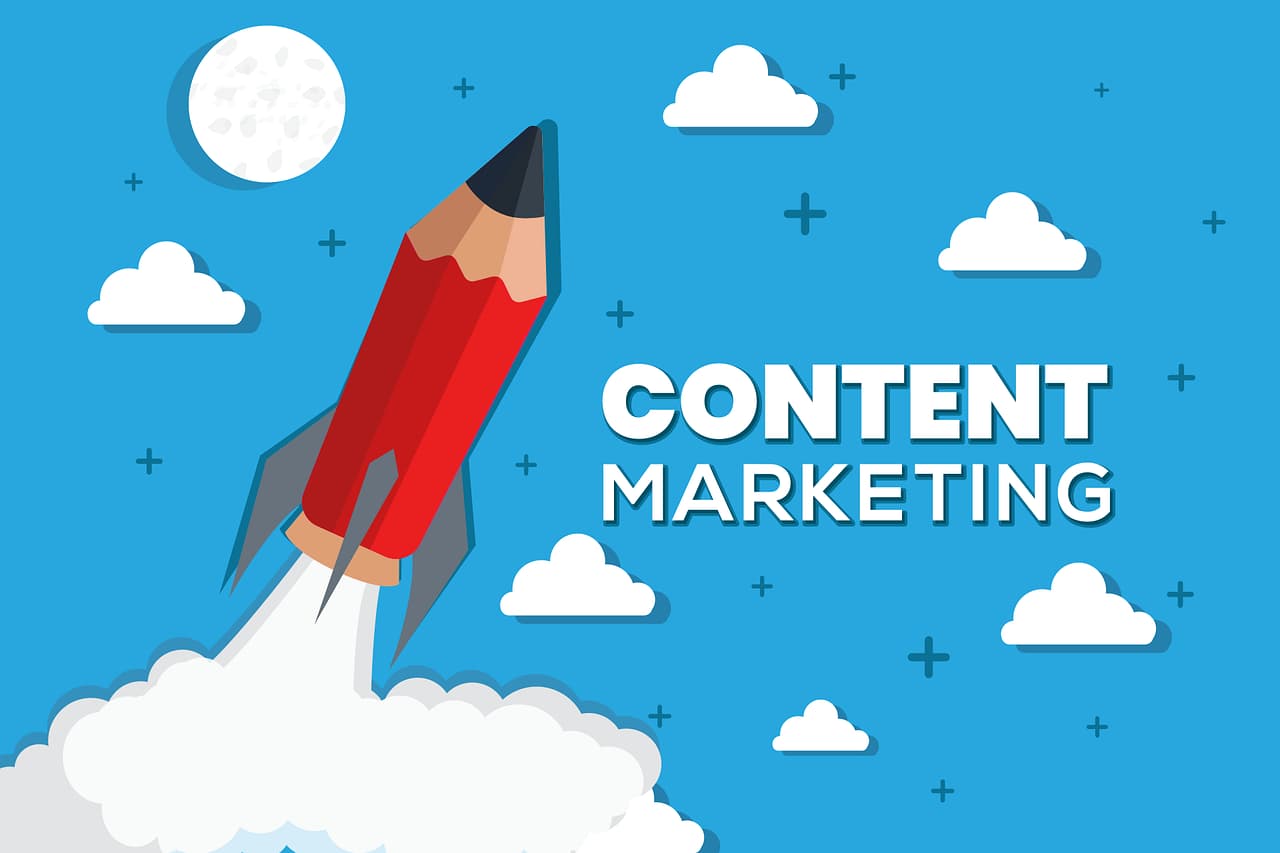Visual marketing is a strategy that allows companies to capture attention and engage with audiences through visual content such as videos, infographics and interactive elements. It is a powerful tool for communicating information, allowing informational and marketing messages to reach audiences much more effectively than text. One of the most striking examples would be how almost all online casinos, if not all, make the 500% casino bonus banner as bright and prominent as possible.
Why Is Visual Content Important?
Visual content is processed by the brain much faster than text. According to research, the eyes can register 36,000 visual messages per hour, while the average number of words a person can read in the same period is only 15,000. What’s more, 91% of consumers prefer visual content over traditional formats. This emphasises the need to create quality visual content to increase engagement and sales.
Quality over Quantity
In visual marketing, the quality of content is much more important than the quantity. Consumers today expect brands to deliver not just visual content, but high-quality visual design. Studies show that the first impression of a brand is 94% dependent on design. Thus, using standard or low-quality images can negatively impact brand perception and scare away potential customers.
Benefits of high-quality visual content:
- Increase engagement: Unique and high-quality designs attract more attention and increase the level of interaction with the content.
- Improved conversions: Studies show that customised designs are seven times more likely to result in conversions compared to using stock images.
- Positive brand perception: High-quality visual content enhances a brand’s image and supports its reputation for attention to detail and customer-centricity.
Examples of effective visual content:
- Custom graphics: Creating unique graphic elements that reflect the brand’s identity and values.
- Professional videos: Videos created with professional quality filming and editing greatly enhance brand credibility.
- Interactive elements: High-quality interactive elements such as online calculators or virtual tours increase user satisfaction and keep the user interested in the brand.
Thus, investing in quality visual content can play a key role in the success of marketing campaigns. Creating unique and engaging visual content not only helps you stand out from your competitors, but also helps you connect with your audience on a deeper and more emotional level.
Understanding Your Audience
Effective visual marketing starts with a thorough understanding of your target audience. Knowing their preferences, online behaviour and content expectations will help you create content that will be received positively and attract attention. Take Generation Z, for example, who actively consume video content and prefer fast and dynamic formats. They also value originality and creativity, which should be taken into account when planning campaigns.
Important aspects of audience research:
- Visual preferences: Determining which types of visual content (infographics, videos, interactive elements) are most appealing to audiences.
- Platforms: Analysing where audiences are most active online and which platforms they prefer to interact with content.
- Behavioural Factors: Exploring how audiences interact with different types of content and what gets them most engaged.
By understanding these aspects, marketers can create targeted and personalised campaigns that will reach potential customers much more effectively.
Choosing The Right Medium for Your Message
Choosing the right format for your visual content is critical to achieving your marketing goals. This decision should be based on the pre-defined goals and characteristics of your target audience. It is important not to simply follow new trends, but to carefully analyse which type of content will be most effective for a specific task.
Popular visual content formats:
- Video: Can be used to demonstrate a product, educate, or create an emotional connection with an audience.
- Interactive elements: Like quizzes or interactive maps, increase engagement and can serve as a tool to gather data on user preferences.
- High-quality images and graphics: Necessary for creating a positive first impression and can significantly improve brand perception.
Keeping in mind the campaign objectives and audience preferences, marketers can choose the most appropriate type of content, be it an engaging video or a detailed infographic. This will not only attract the attention of the target audience, but also retain it, thus increasing the overall effectiveness of marketing efforts.
Conclusion
Visual content is an integral part of modern marketing. Creating quality visual content helps to increase brand awareness, improve audience engagement and increase conversion rates. Understanding your audience and choosing the right medium to convey your message will play a key role in successful visual marketing.
FAQs
How can visual content help in crisis communication?
Visual content quickly conveys key information and emotions, which is crucial for effective crisis communication.
Can visual content be used for SEO?
Yes, optimising images and videos with the right tags and descriptions can significantly improve your website’s SEO.
How do you measure the effectiveness of visual content?
Use website and social media analytics to track engagement metrics such as views, likes, and sharers.
